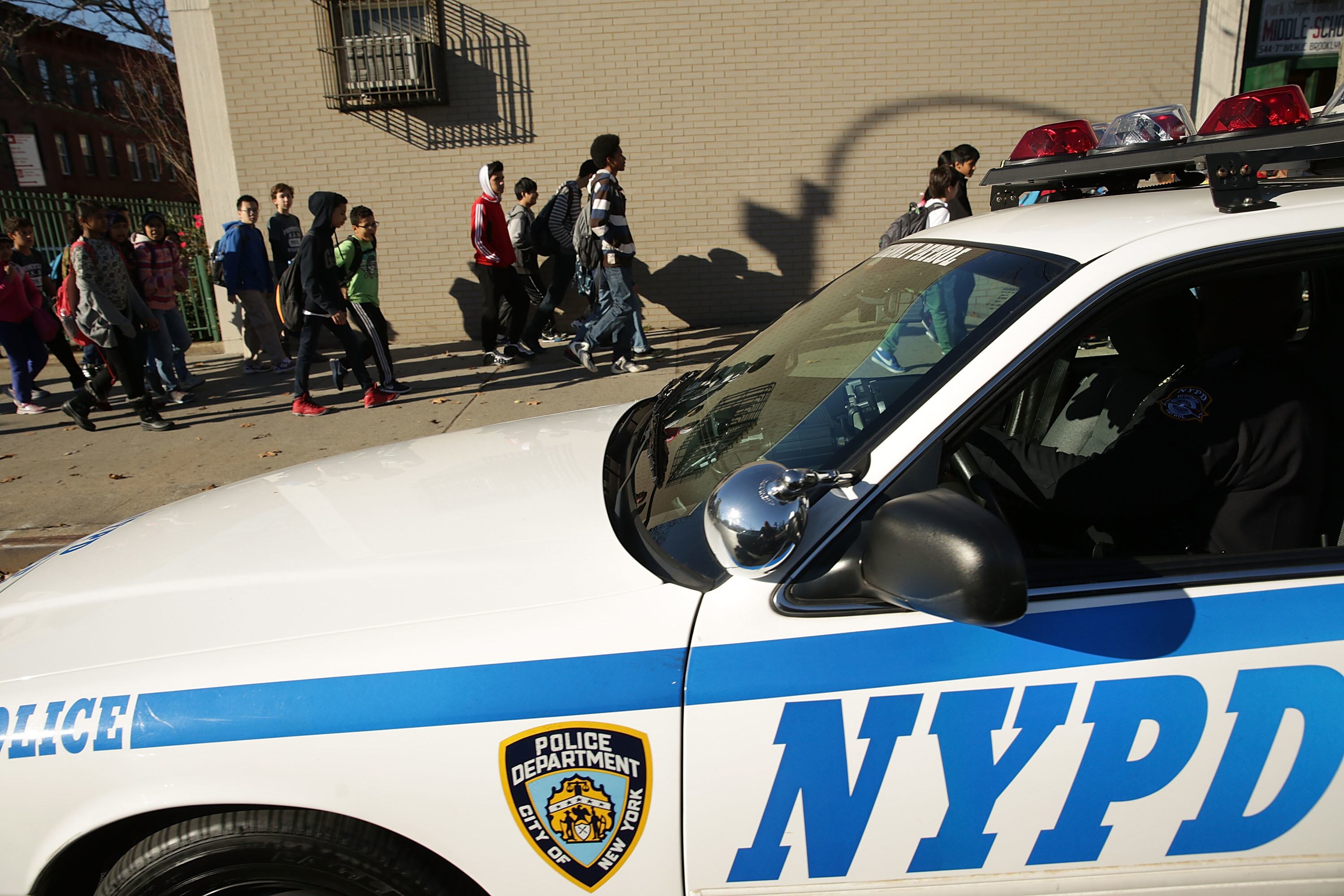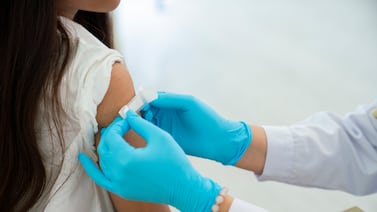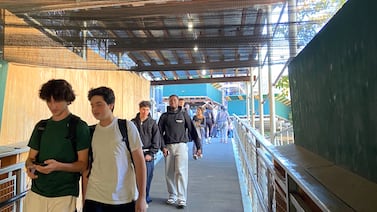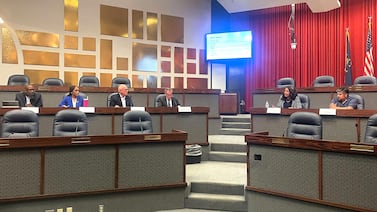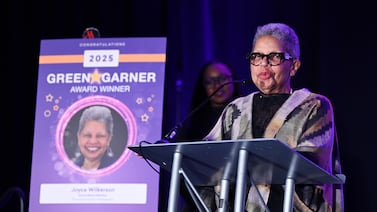Police interventions for children facing mental health crises at New York City public schools have increased, with Black students and students with disabilities disproportionately affected, according to a new analysis of city data from 2016 to 2020.
In a report released Thursday, Advocates for Children of New York analyzed more than 12,000 “child in crisis” incidents — a New York Police Department label for instances in which a student in emotional distress is removed from class and then transported to a hospital for a psychological evaluation. The analysis, an update to the nonprofit’s 2017 brief, found an upward trend in such police interventions over the past four years.
And, mirroring the 2017 report, the data showed stark racial divides: In the 2018-19 and 2019-20 school years, more than a quarter of police interventions involved Black boys, even though they account for only 13% of the public school population. Similarly, Black girls also were overrepresented, showing up in 20% of the interventions despite accounting for only 12% of enrollment. In 92% of cases where students were handcuffed, the student was Black or Latino, and all 33 children between the ages of 5 and 7 who were handcuffed during the last four years were students of color, according to the report.
“When you look at data like this, how can you deny that there is systemic racism?” said David Kirkland, executive director of the New York University Metro Center, who was not involved with the report.
That a 5-year-old child would be placed in handcuffs is “unconscionable,” said Kirkland. “If these kinds of punishments were heaped upon the backs of advantaged and privileged students, we wouldn’t tolerate it,” he added. “We would move towards common sense policy solutions, much like the recommendations offered [in the report].”
The report comes at a time of racial reckoning across the country, as some school districts have taken significant measures to address over-policing of students of color. The authors of the report are calling for an elimination of all police and police infrastructure from schools citywide.
They said the NYPD is ill-equipped to respond to students’ social, emotional and mental health needs. New York City currently employs about 5,300 officers as NYPD school safety agents. This number has increased about 65% since 1998, when, under Mayor Rudy Guiliani, control of school safety was transferred to the NYPD. In June 2020, the Mayor announced that by June 2022, the education department would regain control over the school safety agents.
Responding to the report, the education department emphasized the recent hiring of social workers and the addition of community schools that offer wraparound services, including mental health supports.
“We have made important changes to drive record decreases in police interventions, arrests, suspensions, and the system-wide adoption of restorative justice practices,” said Nathaniel Styer, a spokesperson for the education department. “All students must return to healing-centered schools this fall, and we are hiring over 500 new social workers and adding over 100 more community schools to ensure every student has a caring adult to go to when in crisis.”
City officials said that overall police interventions in schools decreased 5% when comparing the first three quarters of the 2016-17 school year to the same time period in the 2019-20 school year, with arrests declining by 60%.
The report noted that before school buildings closed in March 2020, the number of “child in crisis” interventions was trending downward when compared to the two prior years, but was “nevertheless on track to surpass the 2016-17 count.”
Advocates for Children says the department should do more. Rohini Singh, one of the report’s authors, noted that there is a “misalignment of resources in that there are so many more school safety agents than social workers in schools.”
She and her colleagues recommend adding more than 2,200 social workers in order to reach the National Association of Social Workers recommended ratio of one school social worker to 250 students. Advocates for Children also recommends increased funding for healing-centered practices, which include providing staff with strategies to empathetically address challenging student behavior and advancing anti-racism through anti-bias education.
Singh said there has been some traction for these recommendations in the City Council, which has called for $53.3 million in funding for restorative justice practices that “de-emphasize archaic forms of punishment and reinforce social emotional learning.” But Singh said she and her colleagues are hoping for more. With this year’s influx of state and federal education funding, Singh said, the city should make more long-term investments in mental health support, particularly for the students who need it most.
Singh pointed to students in District 75, which is designed to provide highly specialized instruction for students with disabilities. Students in District 75 make up a disproportionate share of the schools where police interventions occur. Roughly one “child in crisis” intervention occurs for every 98 students in District 75, while only one intervention per 402 students occurs in schools outside of District 75, according to the report.
“The fact that these schools are relying on NYPD to address students who are having emotional crises indicates that the DOE may well be failing to provide them with the special education supports that they are required to,” said Singh.

